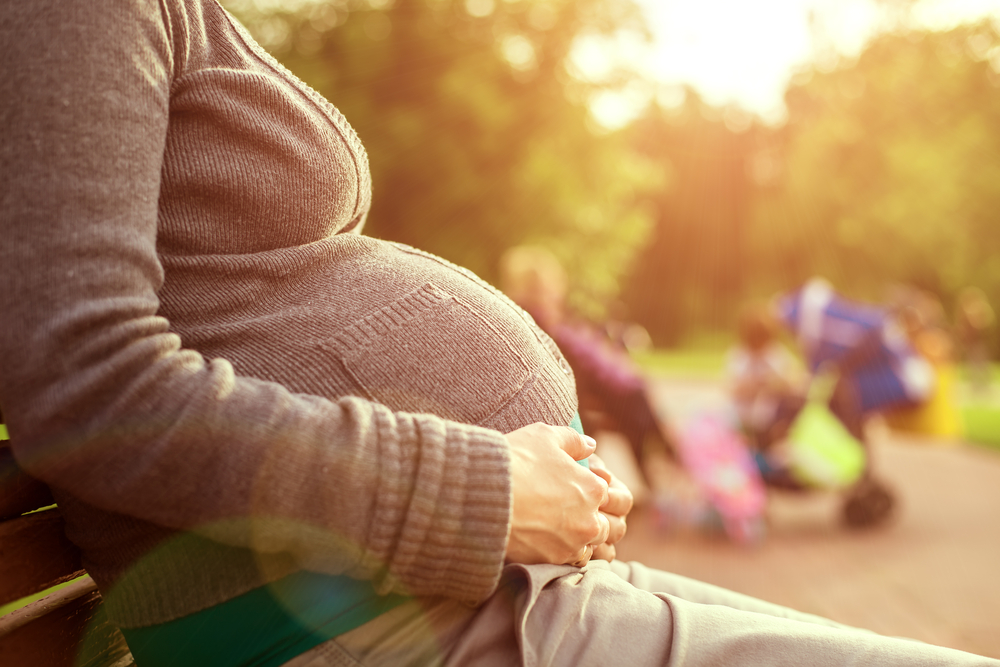Using AI to identify hip migration in children with cerebral palsy
8 May 2024
Researchers have developed an AI tool that automatically measures hip migration in X-ray images, enabling more timely interventions for children with cerebral palsy.
Overview
Cerebral palsy (CP) is a lifelong condition that affects movement and coordination, and it is the most common motor disability in childhood. CP affects around 2-3 per 1000 children.
Hip migration is a common orthopaedic issue affecting children with CP, with the more severely affected children having the greatest burden of disease. Early detection allows for preventative treatments; however early signs are often missed due to delays and inconsistencies in obtaining manual measurements of hip migration.
Dr Claudia Lindner, Senior Research Fellow and Sir Henry Dale Fellow, The University of Manchester, and team developed an AI tool that can automatically measure hip migration in X-ray images, allowing for more accurate measurements and timely interventions.
The challenge
Children with CP sometimes develop hip dislocations over time, due to their tight muscles which force the hip out of the socket. This causes pain and leads to difficulties sitting, washing, and dressing. Hip dislocation can be prevented by regularly assessing the hip and performing minor procedures promptly when signs of hip problems arise.
The Cerebral Palsy Integrated Pathway (CPIP) is a national surveillance programme for the assessment of the musculoskeletal system in children with CP. Children receive regular X-ray images by specialists to identify any issues. However, whilst these X-ray images are beneficial for the child, the appropriate measurements are often delayed – with staff training, workload, and technology infrastructure creating barriers. Furthermore, there are often measurement inconsistencies between users and errors when inputting data into different systems.
The solution
The team developed a machine learning approach for X-ray images that automatically assesses the position of the hip bones. The tool locates the outline of the bones in the image and uses the information to calculate clinically relevant measurements. The tool was trained on over 2000 examples of manually outlined images to enable it to locate points on new images.
The result allows the clinical team to take prompt action if needed. The goal is for the tool to directly store the data in the national CPIP system, so that the measurements are immediately available to any specialists involved in the patient’s care.
The tool was co-developed with healthcare professionals, and co-designed with input from patients, caregivers, the charity Action Cerebral Palsy, and the national CPIP clinician network.
The impact
The results show that the tool works for children whose hips are beginning to dislocate or are dislocated. Tests on over 3000 hips of children with CP show that the tool creates measurements with accuracy similar to doctors. The tool allows for reliable and consistent monitoring, aiming to improve patient outcomes through hip surveillance programmes. This will help identify which children might have hip problems, enabling earlier, less complex and less costly treatment, and saving doctors approximately 10 minutes per X-ray image. The bigger goal is to ensure that all children with CP receive the same high-quality care.
The work aligns with HDR UK’s mission to unite the UK’s health and care data by contributing to a national database of hip measurements in children with CP. Its research outcomes are openly accessible, including the technology for automatically outlining bones in radiographs via BoneFinder.
The team has validated the tool at Alder Hey Children’s Hospital, and are seeking funding to work with their industry partner to get medical device approval for integrating the tool within CPIP.
Dr Claudia Lindner, Lead Researcher, who initiated the project during her HDR UK Fellowship, said:
“Feedback from some trusts was that it could take months from X-ray to reviewing the data, which sadly delays the interventions and outcomes for the child. The ultimate goal for our tool is to speed up the assessment process and to automatically populate the CPIP database, improving the quality of care for children with cerebral palsy.”
Prof. Dan Perry, Consultant Orthopaedic Surgeon and Clinical Lead on the project, said:
“Surgeons throughout the UK are really excited by this development, which they see as a game-changer to standardise care and ensure all children affected by cerebral palsy have equal access to the best possible care.”



